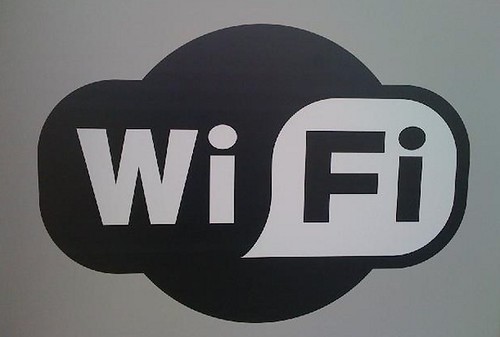In the quiet, affluent neighborhoods of Edina, Minnesota, a new trend in burglary has emerged, one that leverages technology in a way that was once the stuff of heist movies. A series of nine burglaries over the past six months has raised alarms not just for the loss of ‘safes, jewelry, and other high-end designer items,’ but for the method suspected in these crimes: the use of Wi-Fi jammers to disable smart security systems.

The Edina police have pieced together a modus operandi that is as simple as it is effective. The burglars target homes in wealthy areas, carefully surveilling them to ensure they strike when no one is home. To avoid leaving behind any digital evidence, they deploy Wi-Fi jammers, devices that ‘confuse’ wireless devices by overloading the wireless traffic, making it impossible for real signals to get through. This tactic ensures that security cameras and other connected devices are rendered useless, leaving homeowners and investigators without footage of the crime.
This isn’t an isolated incident. Looking back at news reports, it’s clear that the use of Wi-Fi jammers in burglaries has been on the rise over the past few years. The technology, once expensive and hard to come by, is now easily and cheaply available online, with prices ranging from $40 to $1,000. Despite being illegal to use in the U.S., the ease of acquisition presents a significant challenge to homeowners relying on wireless security systems.
Companies like Ring, Blink (Amazon), and Nest (Google) have revolutionized home security with their wireless products. However, these devices are not immune to the threat of Wi-Fi jamming. The growing trend underscores a critical vulnerability in smart home security systems that homeowners must now address.
So, what can be done? Security experts suggest a few mitigations. For one, homeowners can hardwire some of their security devices and opt for local storage of footage, which would not be affected by Wi-Fi interference. Additionally, using smart home technology to simulate occupancy can deter burglars looking for an empty house. It’s also recommended to adjust device settings to alert homeowners when a signal or connection is interrupted.
The reality is that as technology evolves, so do the methods of those with malicious intent. The situation in Edina serves as a wake-up call for all of us to reassess our home security measures. It’s a reminder that in the digital age, even the most cutting-edge solutions can have their weaknesses, and staying one step ahead requires constant vigilance and adaptation. As we continue to integrate technology into our lives, we must also evolve our strategies to protect our homes and loved ones from those who would use that very technology against us.
Related posts:
Wi-Fi jamming to knock out cameras suspected in nine Minnesota burglaries — smart security systems vulnerable as tech becomes cheaper and easier to acquire
Fi jamming to knock out cameras suspected in nine Minnesota burglaries…
Minnesota burglars are using Wi-Fi jammers to disable home security systems | TechSpot





